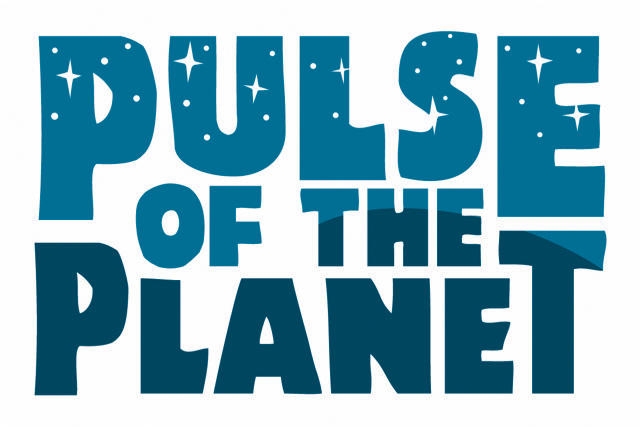Pulse of the Planet

Syndicated radio producer Jim Metzner (multiple radio media major-award winner, plus multiple NSF, Grammy Foundation, and Fulbright grants) produces NanoEarth sponsored Pulse of the Planet episodes about nanoenvironmental research and environmental nanoscience and engineering in general. These shows are nationally distributed on NPR radio and through numerous online podcast platforms. The radio audience for weekday broadcasts of Pulse of the Planet is estimated to be 220,000 listeners, heard over about 264 stations nationwide, and on Armed Forces Radio. On online podcast outlets, several NanoEarth-sponsored shows have surpassed 100,000 downloads!
NanoEarth’s Pulse of the Planet episodes are built for public consumption and highlight the most interesting projects from external users, impactful research at other NNCI sites, and local site researchers, with those individuals personally interviewed for each episode. Original episodes were short 2 minute spots while newer episodes are in long podcast form.
Pulse of the Planet website: https://www.pulseplanet.com/
Pulse of the Planet on Stitcher Note: SiriusXM is discontinuing the Stitcher platform and transitioning podcasts to their SiriusXM subscription service. A timeline for the episode removal from Stitcher has not been provided.
Pulse of the Planet Programs |
|---|
F. Marc Michel
|
Nikolla Qafoku
|
Michael Hochella, Jr.
|
Karen Sorber
|
Maya Trotz
|
Linsey Marr
|
Paul Schroeder
|
Greg Lowry
|
Paul Westerhoff
|
Adam Coates
|
Quinn Spadola
|
Christine Ogilvie Hendren
|
Amy Pruden
|
Peter Vikesland
|
Pedro Alvarez
|
Tim Long
|
Deborah Berhanu
|
Nadine Kabengi
|
Kim Jones
|


